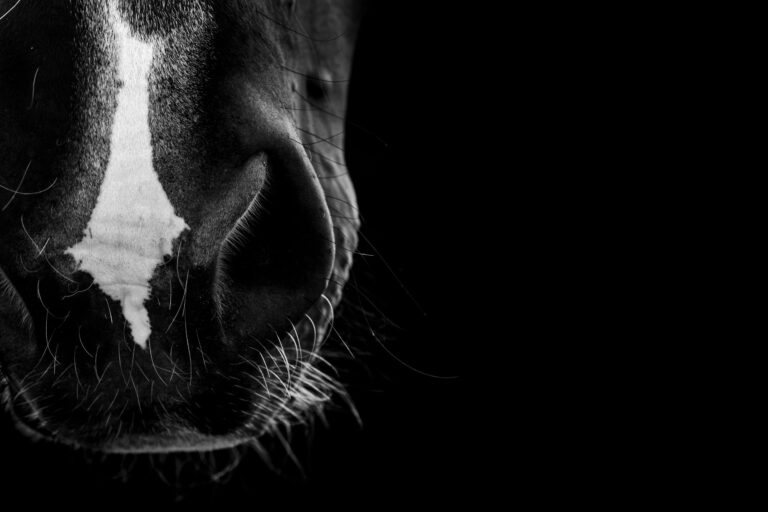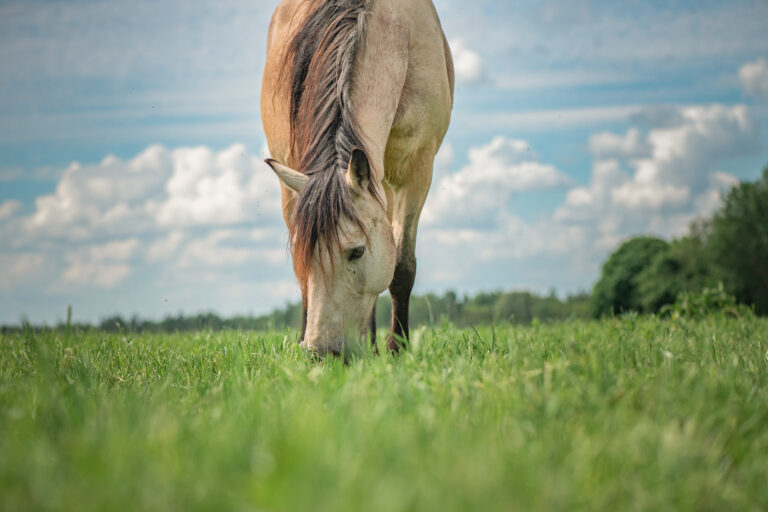
“As distressing as it is to see persistent drainage from a sole abscess, the No. 1 cause of persistent drainage is because the owner took the bandage off too early,” said Craig Lesser, DVM, CF, during a Burst Session at the 2023 AAEP Convention in San Diego.
In the face of persistent drainage, go back and perform a complete physical examination. Note the degree of lameness, the amount of drainage, and whether there are other swellings—at the coronary band, for example.
Take Radiographs
If the abscess doesn’t resolve within three days, Lesser—a shareholder in the podiatry department at Rood & Riddle Equine Hospital, in Lexington, Kentucky—always takes radiographs.
“By that time, I start to worry about bone damage,” he relayed.
Take a complete set of radiographs to fully assess the foot for any changes of the bone that might need treatment. Lesser recommends at least four views: a lateral and three solar margin views. Depending on his level of concern, Lesser said he might also take dorsopalmar views.
Lesser advised looking for septic pedal osteitis. “This needs to be treated aggressively,” he said. “Culture it and use an appropriate systemic.”
Utilize Larval Therapy
Surgical debridement has fallen out of favor for such cases and in Lesser’s hands has largely been replaced with larval therapy.
“Larvae are better, and this approach minimizes antibiotic use,” he said.
Use Treatment Plates
On the farriery side, Lesser recommended using treatment plates that protect the area and prevent the ground from touching the bottom of foot.




